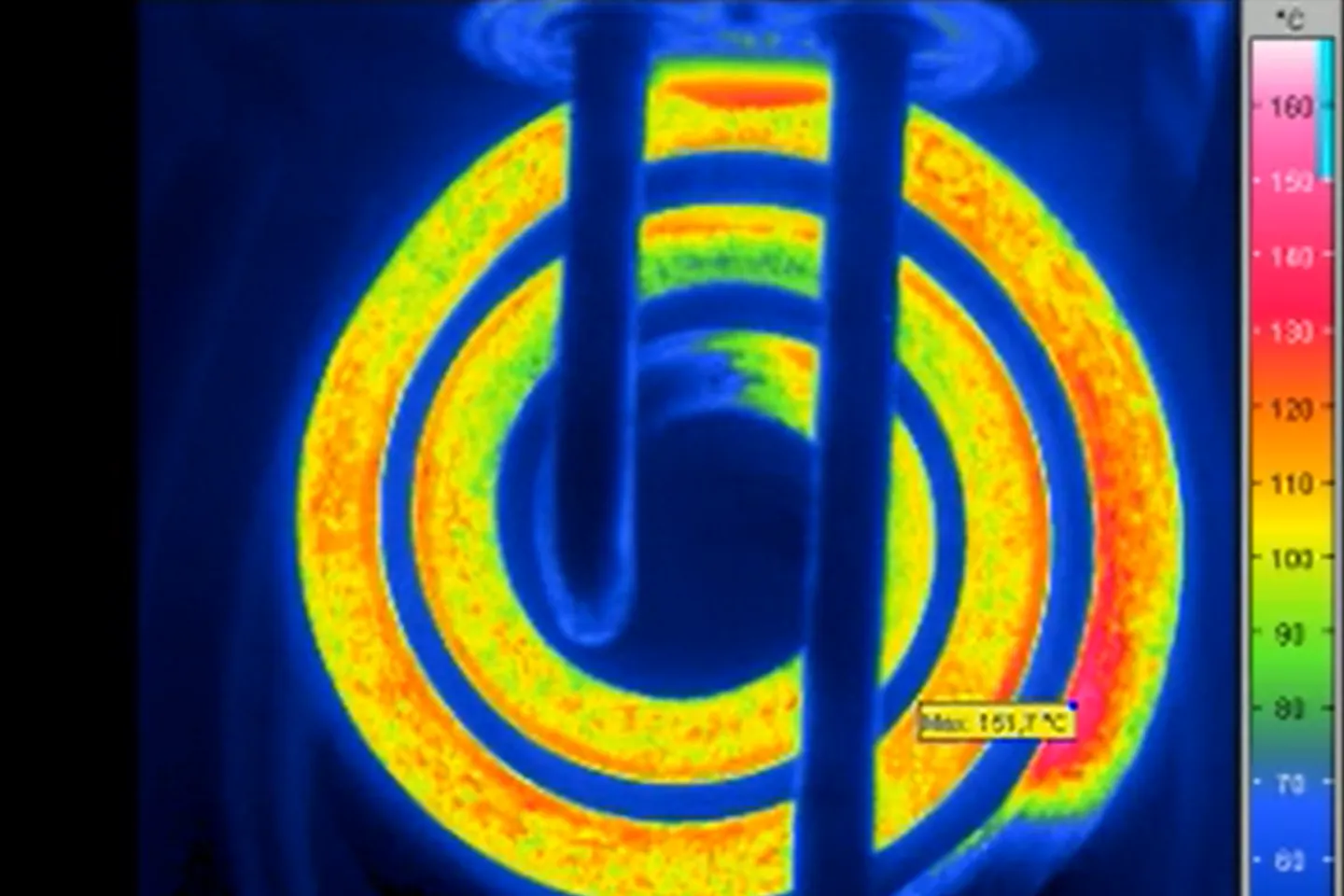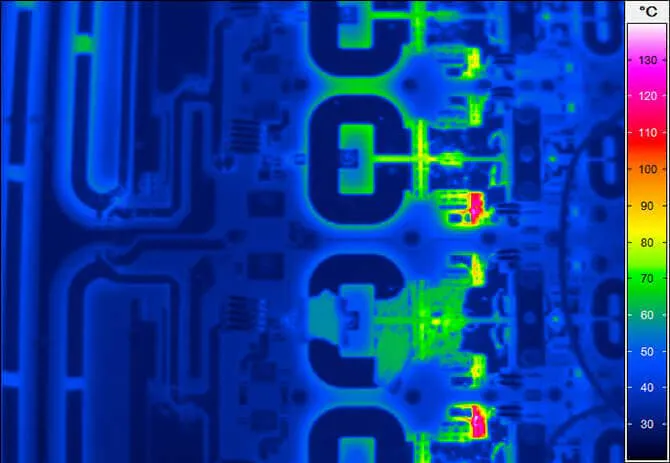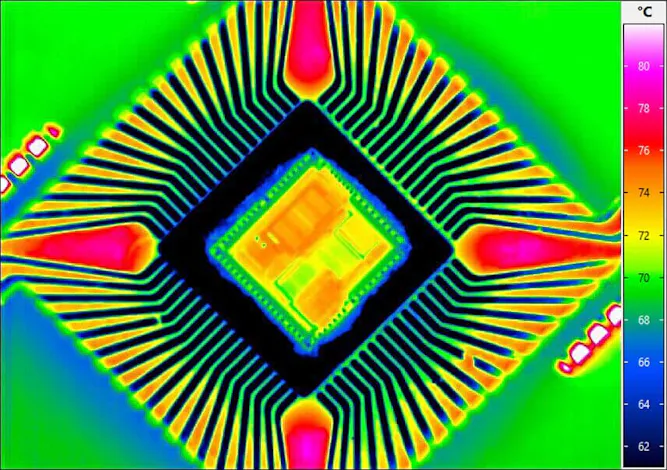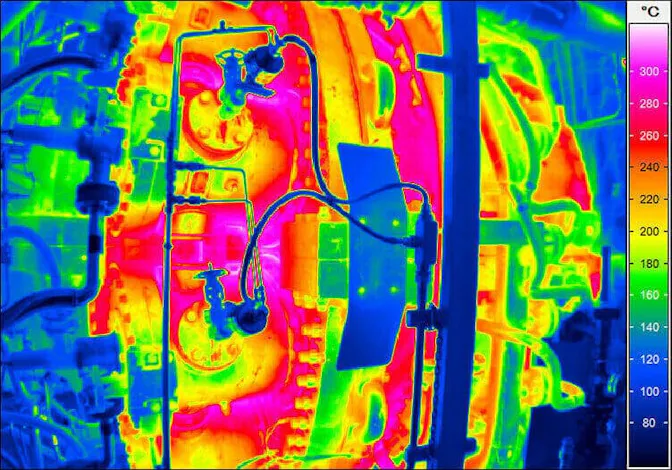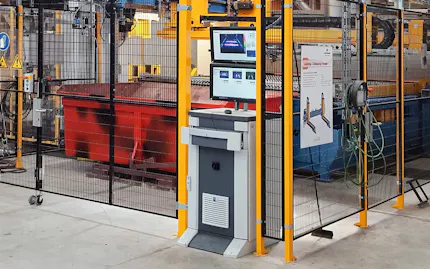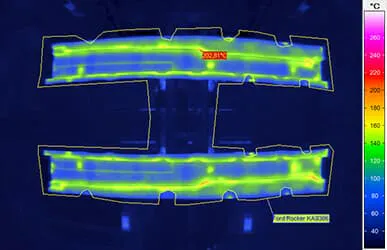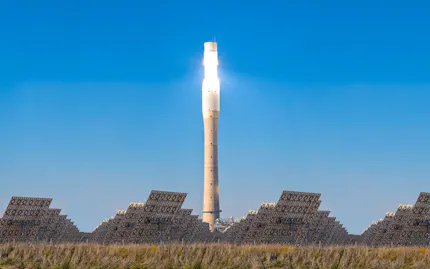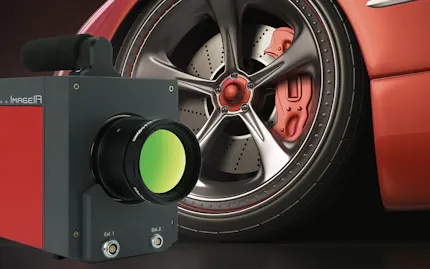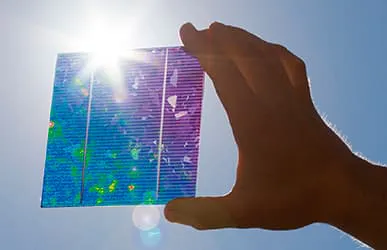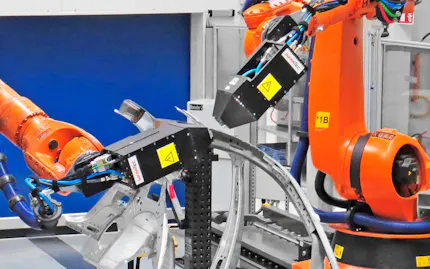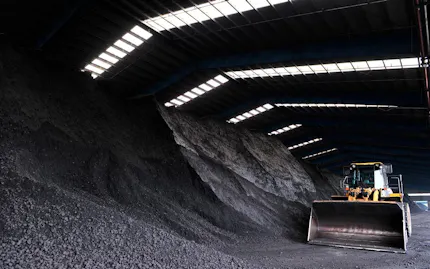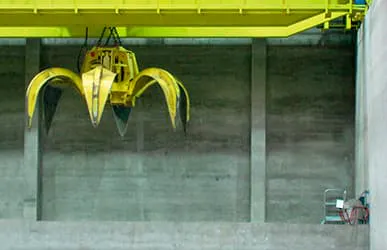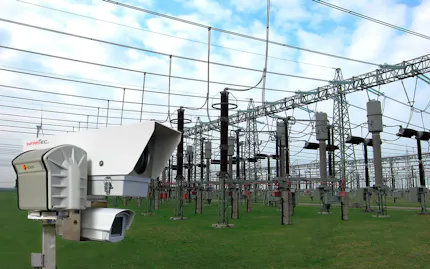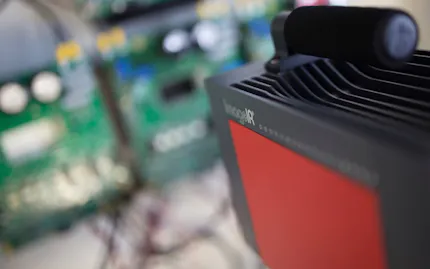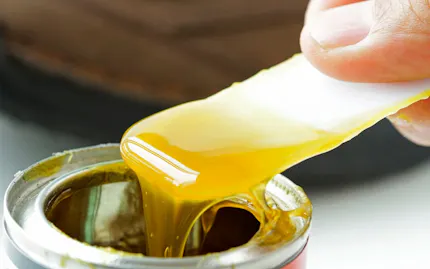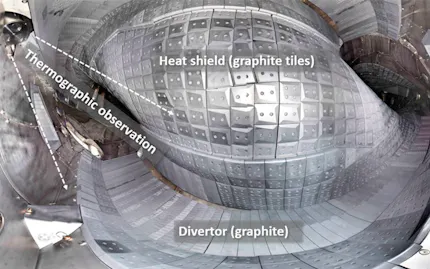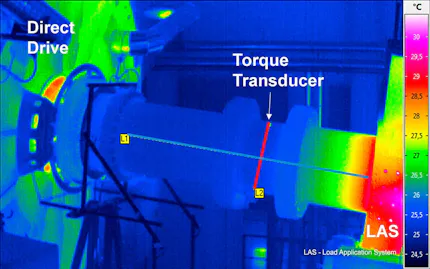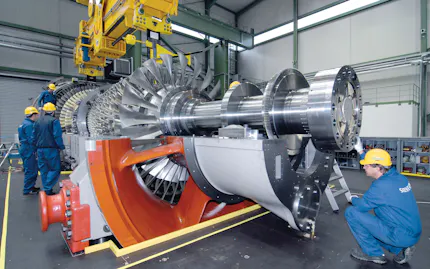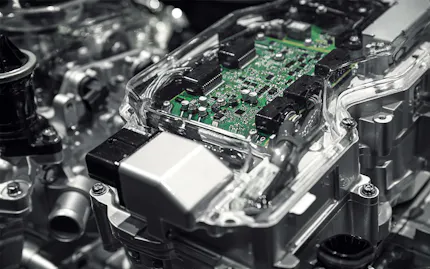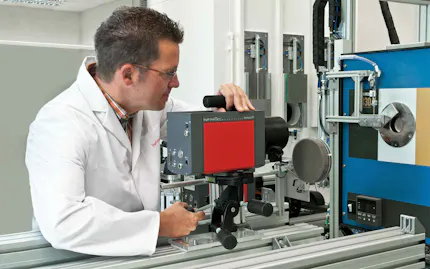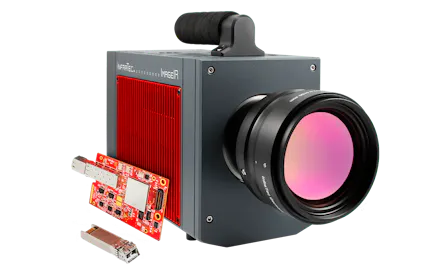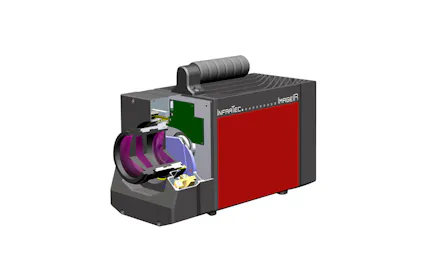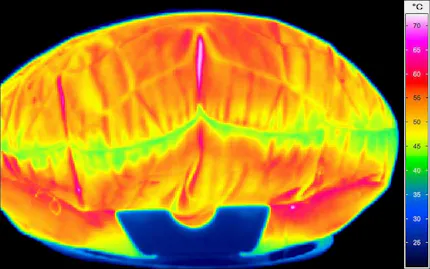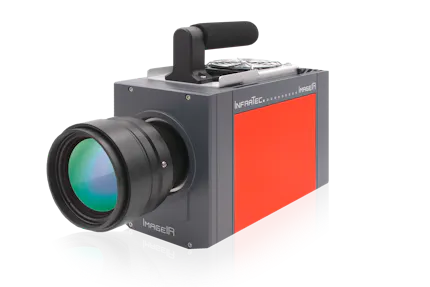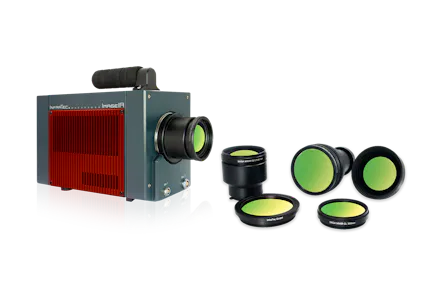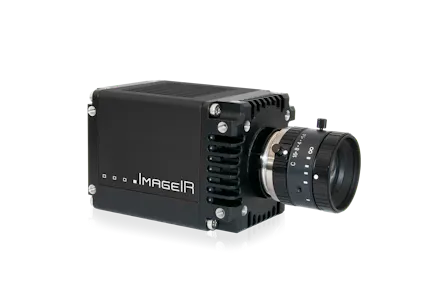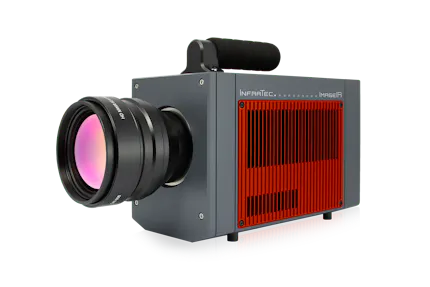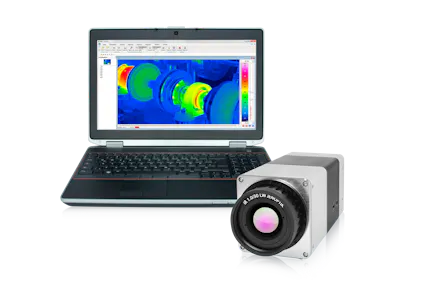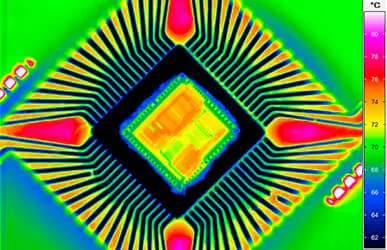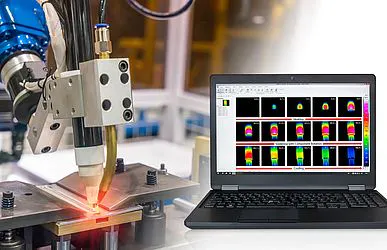Thermal Optimisation of Components and Assemblies
Improve product features and process characteristics based on energy optimisation
Thermal images allow for detailed analysis of heat developments of components and processes
Hot spots may indicate faults and room for optimization
High number of pixels of infrared cameras prevent risk of wrong measurements
Heat as One Important Energy Factor Can Be Controlled
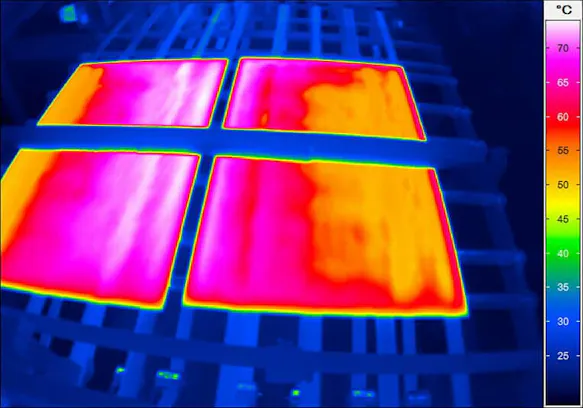
All manufacturing of goods needs energy input. Energy will also be released or used when using products. As most of this energy comes in the form of heat it is most important for the optimisation of manufacturing processes as well as for the product development itself that the effect of heat can be analysed the best way.
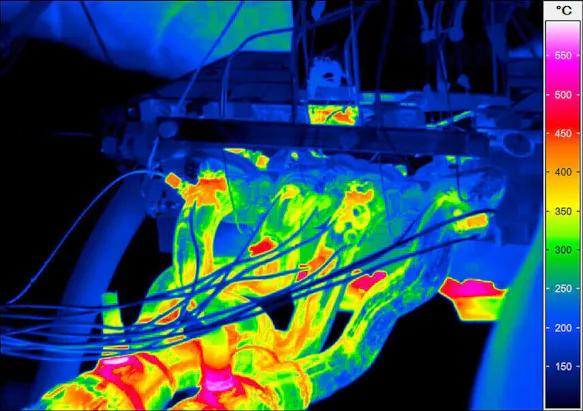
Infrared camera systems can do this in a very good way as firstly they do not need any contact for the measurement and secondly they provide an image of the heat distribution. This helps to visualize and understand the situation. Also the thermographic software family IRBIS® 3 supports this. A variety of analysis methods precisely present temperature changes over time and in space.
Flow Analysis Using Thermal Imaging
General information about infrared thermography
Presentation of different infrared camera techniques
Presentation of different flow types and how to measure them with thermography
Demonstration of different application possibilities, e.g.: aerodynamic optimisation, heat management industry, environmental research, geological research
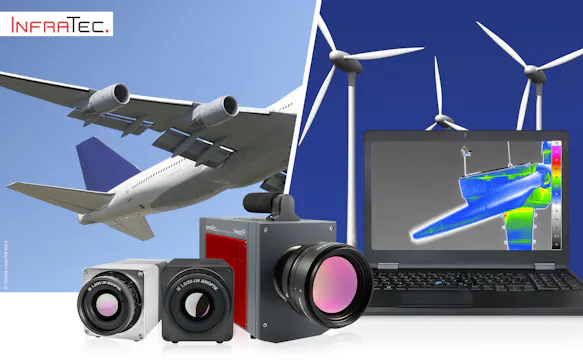
Applications for Thermal Imaging on Wind Power Systems
General information about infrared thermography and presentation of different infrared camera techniques
Monitoring wind turbine power plants by (passive) thermography
Principle & methods of active thermography and examples

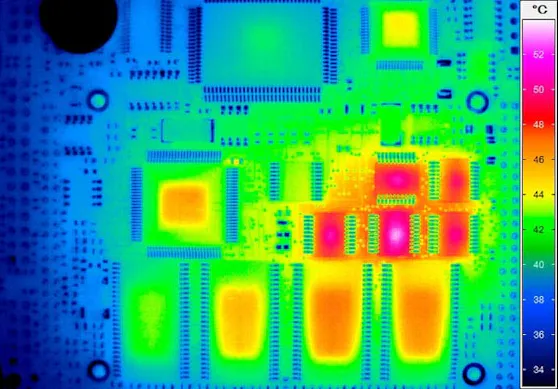
Optimisation of Components or Processes by Heat Input or Drainage
If thermal imaging indicates hot spots at a PCB there are temperatures with a specially high temperature and this could indicate problems. If this is a normal temperature the heat drainage might still be improvable. Like this overheating of components or bordering components could be prevented. To detect the hot-spots a sufficient geometrical resolution is crucial. Only details which are well resolved by a sufficient number of pixels can be measured correctly. Therefore high-resolution infared camera systems by InfraTec are first choice for usage in product development.

Would You Like to Know More?
It is not unusual for tasks to be associated with special requirements. Discuss your specific application needs with our specialists, receive further technical information or learn more about our additional services.
Heating of a Heating Coil
